I have a question about the MOS source-follower / common-drain stage. In particular, it's behaviour as a level shifter:
The book mentions the following:

I'm having some trouble figuring out how the drain current may increase by a factor of 2? The source-follower has a built-in source degeneration, right? I recall from the common-source stage with source degeneration that one advantage of it was that it 'softens' or 'linearises' the drain current variation with Vin:
So surely, if Vin changes from 0.7 V to 1 V, Id should change by some factor times Vin since we essentially have negative feedback?
How come the benefit of the CS stage with source-degeneration (being robust against input DC level changes) does not appear here, even though we have a source resistor? The statement after the highlighted one is also not clear to me. It is like they are almost ignoring the fact that higher Vin -> higher Id > will bring the Vs(=Vout) up and so Vgs should be stable!
I fully understand the small-signal analysis of this circuit but I find that most other textbooks don't talk about the large-signal analysis of these circuits, Razavi is one of the only ones I found.
I would be very grateful if someone could explain the large-signal behaviour of the source-follower. I'm just getting very lost now.

